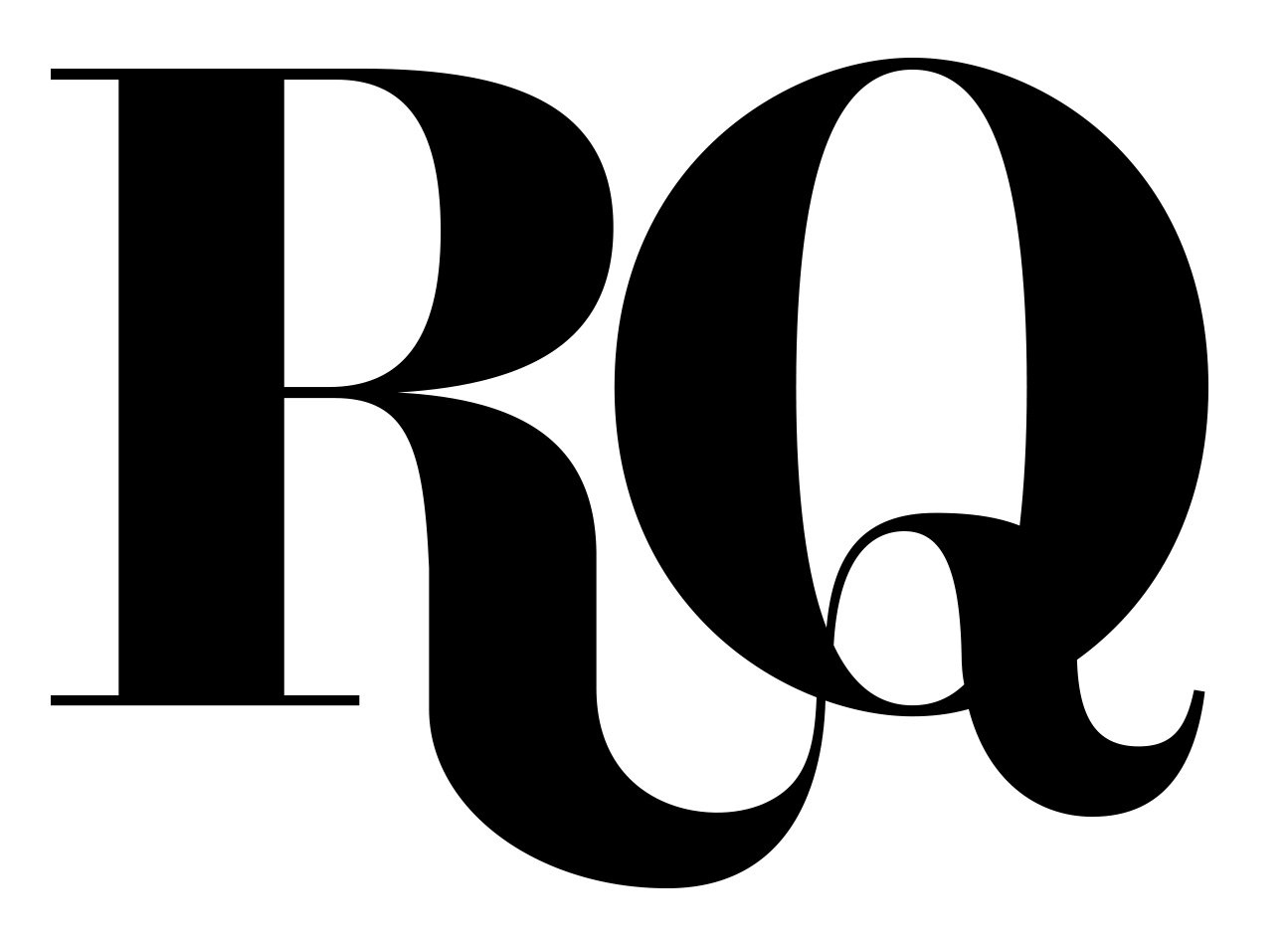OPENING SALVO // INTROIT: THE COMMENCEMENT OF SOLACE
Pilgrims at Tinker’s Creek
Revisiting Joseph Brodsky’s ‘On Grief and Reason’
by Heather Shayne Blakeslee
EXCERPT //
The title of the poem “Home Burial” tells you much. Whoever is grieving in this poem is doing so at home—the grave is not half a world away, but in the family’s private cemetery plot. All throughout the Pennsylvania woods where my own family is from, there are small family cemeteries out among the trees that no one tends to anymore. In February, the holly and witch hazel bushes might give winter color around the gravestones, followed by bloodroot and trout lily, and finally, the spring blooms of eastern redbud trees, dogwoods, and, in the shady spots on the ground, Solomon’s seal—one of my favorites.
It has smooth, shapely, variegated leaves, and it blossoms once a year with rows of little white bells that hang, silent, from its long stalks, an understated announcement of what’s to come.
The name Solomon’s seal comes from their rhizome roots. When the stalks die back in the fall, they leave a scar that—according to folklore—resembles the royal seal of King Solomon. Solomon is credited with building the first temple in Jerusalem, and many will know the story of two mothers, living in the same house, who have given birth at the same time. Only one child survives, and the women both plead to Solomon, claiming to be the real mother—grief can make us unreasonable. Solomon tells them he’ll cut the child in half, and when one woman gives up her claim to save the baby, he has his answer about who the real mother is.
But back to Frost’s poem and its balletic dance, which Brodsky so expertly guides us through. In “Home Burial,” a man spies his wife at the top of the stairs, and as she descends she looks over her shoulder through the window, stops, steps up again, and turns. When they finally face each other, he is unaccountably accusatory—this is not the first time he has seen her do this—and he angrily demands to know what grips her attention. //
For full text and images, consider reading RQ in print, on a Sunday afternoon, sun streaming through your window, coffee in hand, and nary a phone alert within sight or in earshot… just fine words, fine design, and the opportunity to make a stitch in time. // Subscribe or buy a single issue today. // Print is dead. Long live print. //

